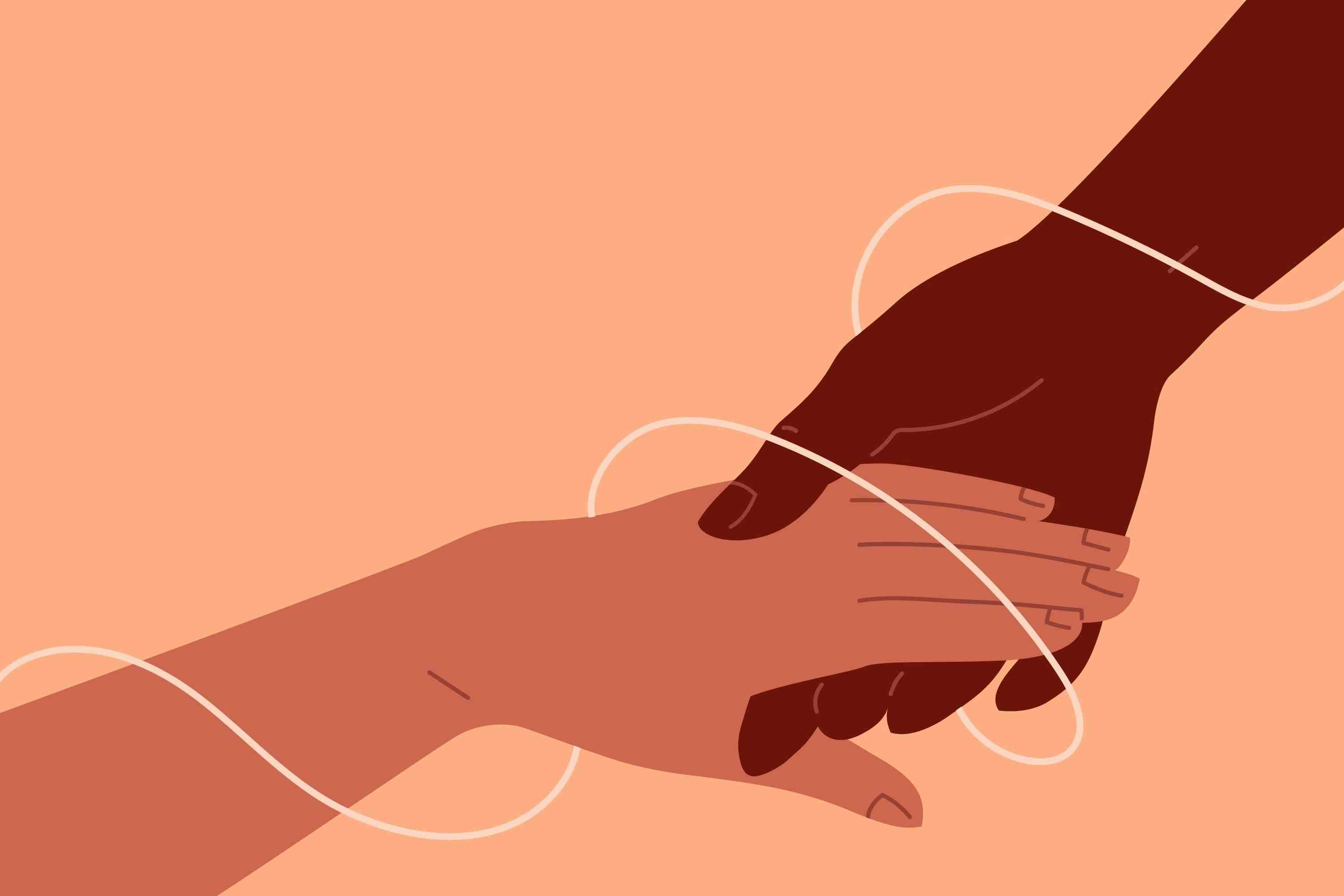Publication
Article
Psychiatric Times
Pending Legislation Addresses Mental Health Treatment in Prisons
Both the mental health and justice communities have been troubled by the increased number of mentally ill individuals in the prison populations. Legislation awaiting passage in the U.S. Congress would fund collaborative programs between these two fields that would try to alleviate this growing problem.
The Mentally Ill Offender Treatment and Crime Reduction Act of 2003 (S1194/HR2387) now before the U.S. Congress authorizes $100 million in each of the next two years to foster collaboration between criminal justice and mental health programs at state and local levels.
Passed with bipartisan sponsorship and support in the Senate in October 2003, the House version of the bill is currently in committee in the House of Representatives. It would parcel out funds as seed grants, with matching state funds increasing over time, to joint applicants from criminal justice and mental health organizations. Initiatives eligible for funding include mental health courts that incorporate treatment components into sentencing; training programs for mental health and criminal justice personnel to improve recognition and responsiveness to mental illness in offenders; and programs that facilitate transition from incarceration to community and increase access to community-based mental health care.
The bill was introduced in the Senate by Sen. Mike DeWine (R-Ohio), who cited Bureau of Justice statistics indicating that approximately 16% of the population of state prisons have a mental illness (Beck and Maruschak, 2001), or three times the number of men and women with mental illness than are in mental health hospitals.
"Unfortunately, however," DeWine said on the Senate floor, "the reality of our criminal justice system is that jails and prisons do not provide a therapeutic environment for the mentally ill and are unlikely to do so anytime soon."
DeWine explained that offenders with mental illness are often preyed on by other inmates and are likely to become sicker in jail. After release, they have little capacity to access limited treatment resources and are likely, according to DeWine, to enter a revolving door of future offenses and incarceration.
The "Crime Reduction" portion of the bill's title reflects the intent to interrupt this revolving pattern, which DeWine characterized as "costly and disruptive for all involved." It is this component for which the bill was referred to the House's Subcommittee on Crime, Terrorism and Homeland Security.
Ill Institutions
DeWine told Senate colleagues, "Although these problems tend to manifest themselves primarily within the prison system, the root cause of our current situation is found in the mental health system and its failure to provide sufficient community-based treatment solutions."
Representative Ted Strickland (D-Ohio), previously a consulting psychologist at an Ohio correctional facility, introduced HR2387 into the House with similar observations. "Generally the criminal justice system is not equipped to identify and ensure people with mental illness find appropriate treatment programs, either through diversion into community treatment or within a jail or prison," he said.
Although there are few indicators of the quality of mental health treatment provided in state prisons, the Bureau of Justice Statistics does indicate that treatment programs are being made available. According to a June 2000 survey of prisons, 1,394 of 1,558 (89.5%) state public and private adult correctional facilities provide mental health services (Beck and Maruschak, 2001). Screening for mental illness is purported to occur in almost 70% of state prisons; with 65% conducting psychiatric assessments and 51% providing 24-hour mental health care. Psychotherapeutic counseling by trained mental health care professionals occurs in 71% of the facilities, according to the report, and 73% distribute prescribed psychotropic medications. The report also indicated that 66% of the prisons have programs to assist newly released parolees in obtaining community mental health services.
Approximately 1.6% of all inmates (about 10% of those identified as mentally ill) were reported to be receiving 24-hour care in special housing or a psychiatric unit. Approximately 13% of all inmates (79% of those with mental illness) were reported to receive psychosocial therapy or counseling from a trained professional on a regular basis.
Despite the reported quantity of mental health care programs for offenders, many mental health care professionals familiar with prison settings, as well as advocates for prisoners' rights and for the mentally ill, consider services often inadequate or ineffective and prison conditions incompatible with therapeutic efforts.
When the Bureau of Justice Statistics report was issued, Jeffrey Metzner, M.D., chairperson of the American Psychiatric Association's Council on Judicial Action, commented that the apparent number of programs belied the inadequacy of facilities and scarcity of credentialed mental health staff. He was quoted as saying, "If the conditions of confinement involve being locked in a 70-square foot cell 23 hours a day for months at a time, it is unlikely that patients with mental illness could receive adequate mental health services" (Kupersanin, 2001).
Pomerantz (2003) recently noted that while the reported number of programs within the prison system is reassuring, there is no indication that treatments are continued for offenders after their release. One study of 17 New Jersey jails revealed that half "never or rarely" provided inmates with serious mental illnesses with medications or prescriptions once they were released (Wolff et al., 2002). Although eight of the jails had partnerships with community clinics for inmates with HIV/AIDS, none had similar partnerships with a community mental health system.
According to Pomerantz (2003):
It does not make either clinical or economic sense not to provide follow-up care in the community for mentally ill persons following their release from jails or prisons.
He concluded:
The key point is that correctional institutions are reservoirs of physical and mental illness, which constantly spill back into the community. If these diseases are to be treated properly, transmission interrupted, and the health of the general public optimized, then effective treatment and education must be provided within the jail system.
The U.S. prison system is quite far from providing this, according to a report from Human Rights Watch (HRW) released in October 2003, almost simultaneously with passage of S1194 in the Senate. The 215-page report, "Ill-Equipped: U.S. Prisons and Offenders with Mental Illness," provided a stark view of prisons as dangerous, particularly for offenders with mental illness.
In a press release announcing the report, HRW indicated that prisoners with mental illness are not only likely to be exploited by other prisoners, but to be punished by prison staff for such symptoms of their illness as being noisy, refusing orders, or even self-mutilating and attempting suicide. People with mental illnesses are more likely than others to end up locked in especially harsh conditions, such as isolation, that can push them over the edge into acute psychosis, the organization warned.
The report, based on research, interviews and prison visits between 2001 and 2003, acknowledged "significant advances in mental health care services in some prison systems," but decried their absence or lack of implementation in others in which there appeared "deep-rooted patterns of neglect, mistreatment, and even cavalier disregard for the well-being of vulnerable and sick human beings."
While the screening for mental illness in prison appears commonplace according to the Bureau of Justice Statistics report, the procedure and follow-up is described as problematic in the HRW report. "If they are identified after screening and placed on mental health caseloads," the HRW report indicated, "prison data management systems often are inadequate to track services provided."
The HRW report cited the American Psychiatric Association (2000) text Psychiatric Services in Jails and Prisons in noting "timely and effective access to mental health treatment is the hallmark of adequate mental health care." The report found, however, that if treatment is made available in prisons, it is often after delay. The delays or absence of access were attributed, in part, to "understaffing, and ... a prison culture that tends to view prisoners as inherently manipulative and thus not truly in need of mental health intervention."
The HRW report indicated that it is common for treatment, when provided, to consist of psychotropic medication without appropriate psychosocial or educational support. "While many prison systems have begun implementing diverse approaches to treating mental illness, most still over-emphasize medication," the HRW report observed. "They do not provide sufficient resources for non-medication therapy, counseling, and a range of supportive structures for prisoners who do not need (or no longer require) hospitalization."
The HRW report offered a number of recommendations, with the first addressed to the U.S. Congress urging the passage of the Mentally Ill Offender bill. "If enacted," the report indicated, "the bill could catalyze significant reforms across the country in the way the criminal justice system responds to people with mental illness."
Bill Promotes Solutions
The grants awarded under the Mentally Ill Offender Treatment and Crime Reduction Act of 2003 to collaborating applicants from mental health and criminal justice would require the proposed programs to provide "individualized, needs-based assessments to determine, plan, and contribute the most appropriate services." The bill elicits proposals that specifically address developmental and learning disabilities and problems arising from a documented history of physical or sexual abuse.
Grants would target programs that specify plans for:
making mental health, or mental health and substance abuse, treatment services available and accessible to [mentally ill] offenders at the time of their release ... [and] ensure ... access to effective and appropriate community-based mental health services.
The bill would also fund programs that facilitate reintegration into the community through housing, education, job placement, mentoring and health care benefits. Up to 3% of the funds allocated in the bill can be used for programs that develop, facilitate or research alternatives to traditional prosecution and sentencing.
The funded programs will be required to assess outcomes, so proposals must specify the data to be gathered and outcome measures applied. Successful programs will receive 80% federal funding for the first two years of the grant, with state or local funding increasing from the initial 20% to 40% in year three, and 75% in years four and five. Criteria for awarding funds include demonstrating "the strongest commitment to ensuring such funds are used to promote both public health and public safety."
Representative Strickland had remarked to the press on introducing the bill in June, "Mental health is one of the last frontiers of personal health to be accepted, understood and widely treated in our society. I hope this legislation will give communities the help they need to provide treatment to those among us who suffer from mental illness."
Metzner commented to Psychiatric Times that passage of the bill would be a "significant step forward in facilitating effective treatment of mental illness in both inmates and those released from incarceration, and in developing mechanisms to divert mentally ill offenders toward treatment."
References:
References 1. American Psychiatric Association (2000), Psychiatric Services in Jails and Prisons: A Task Force to Revise the APA Guidelines on Psychiatric Services in Jails and Prisons, 2nd ed. Washington, D.C.: American Psychiatric Association.
2. Beck AJ, Maruschak LM (2001), Mental health treatment in state prisons, 2000. Bureau of Justice Statistics Special Report. NCJ 188215.
3. Human Rights Watch (2003), Ill-Equipped: U.S. Prisons and Offenders with Mental Illness. Available at: www.hrw.org/reports/2003/usa1003/usa1003.pdf. Accessed July 13, 2004.
4. Kupersanin E (2001), Inmates getting MH care, but quality unknown. Psychiatric News 36(18):6.
5. Pomerantz JM (2003), Treatment of mentally ill in prisons and jails: follow-up care needed. Drug Benefit Trends 15(6):20-21.
6. Wolff N, Plemmons D, Veysey B, Brandli A (2002), Release planning for inmates with mental illness compared with those who have other chronic illnesses. Psychiatr Serv 53(11):1469-1471.
















